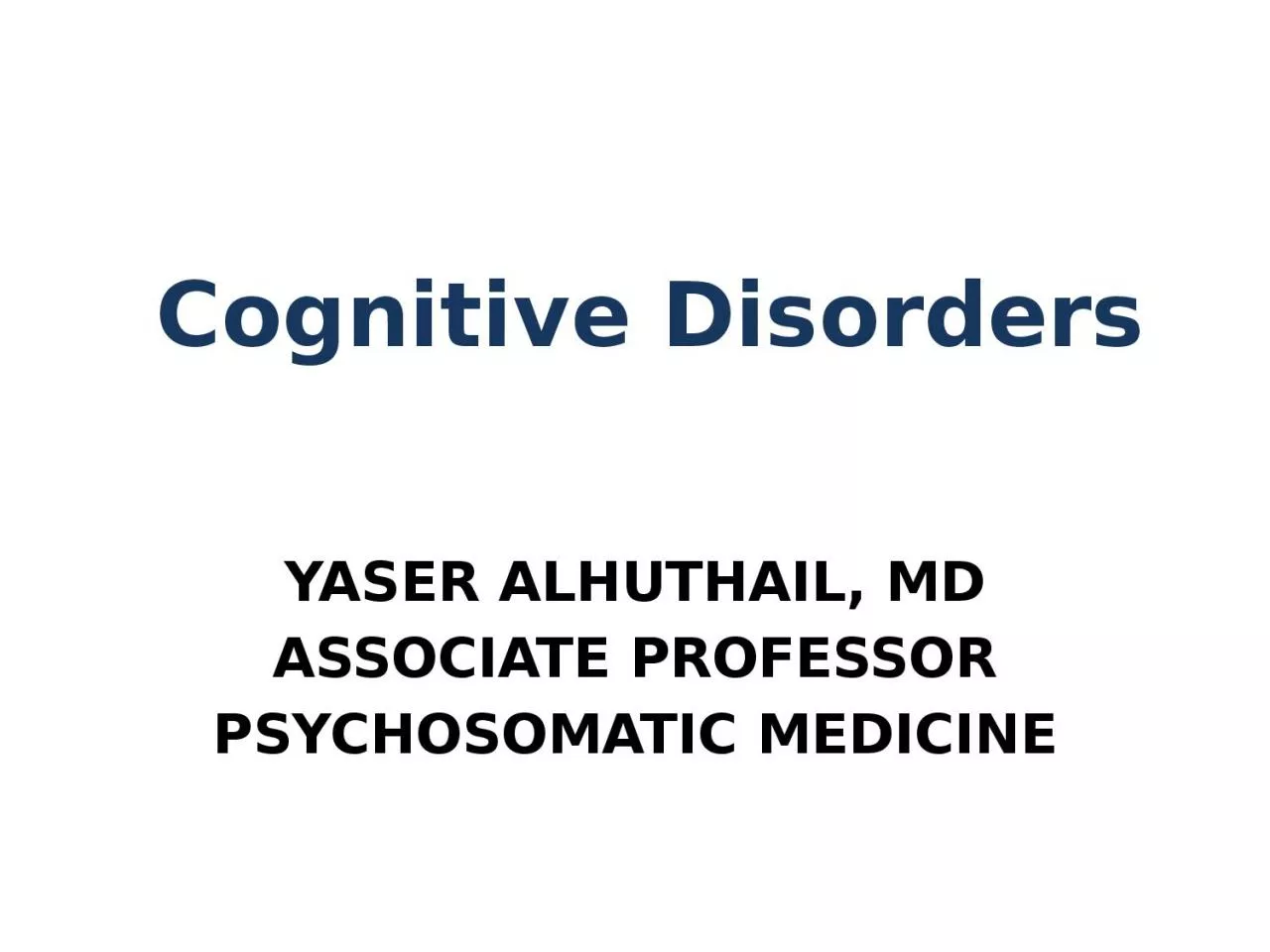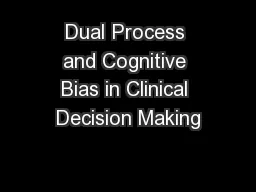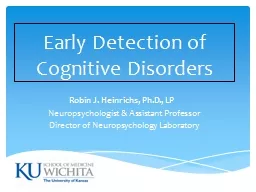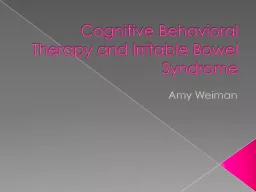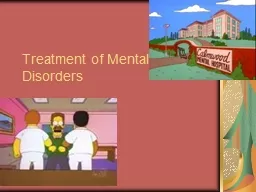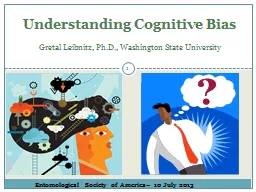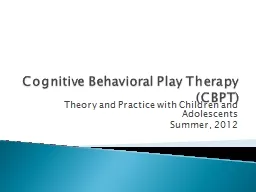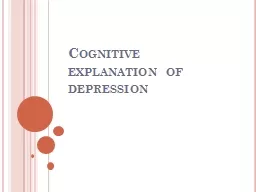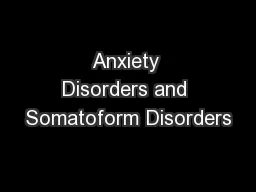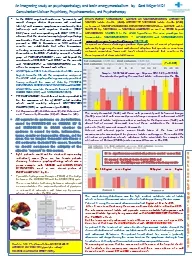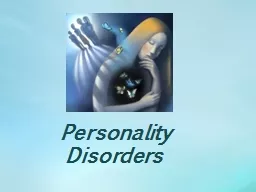PPT-Cognitive Disorders YASER ALHUTHAIL, MD
Author : rodriguez | Published Date : 2023-11-23
ASSOCIATE PROFESSOR PSYCHOSOMATIC MEDICINE Disruption in one or more of the cognitive domains and are also frequently complicated by behavioral symptoms Cognitive
Presentation Embed Code
Download Presentation
Download Presentation The PPT/PDF document "Cognitive Disorders YASER ALHUTHAIL, MD" is the property of its rightful owner. Permission is granted to download and print the materials on this website for personal, non-commercial use only, and to display it on your personal computer provided you do not modify the materials and that you retain all copyright notices contained in the materials. By downloading content from our website, you accept the terms of this agreement.
Cognitive Disorders YASER ALHUTHAIL, MD: Transcript
Download Rules Of Document
"Cognitive Disorders YASER ALHUTHAIL, MD"The content belongs to its owner. You may download and print it for personal use, without modification, and keep all copyright notices. By downloading, you agree to these terms.
Related Documents

